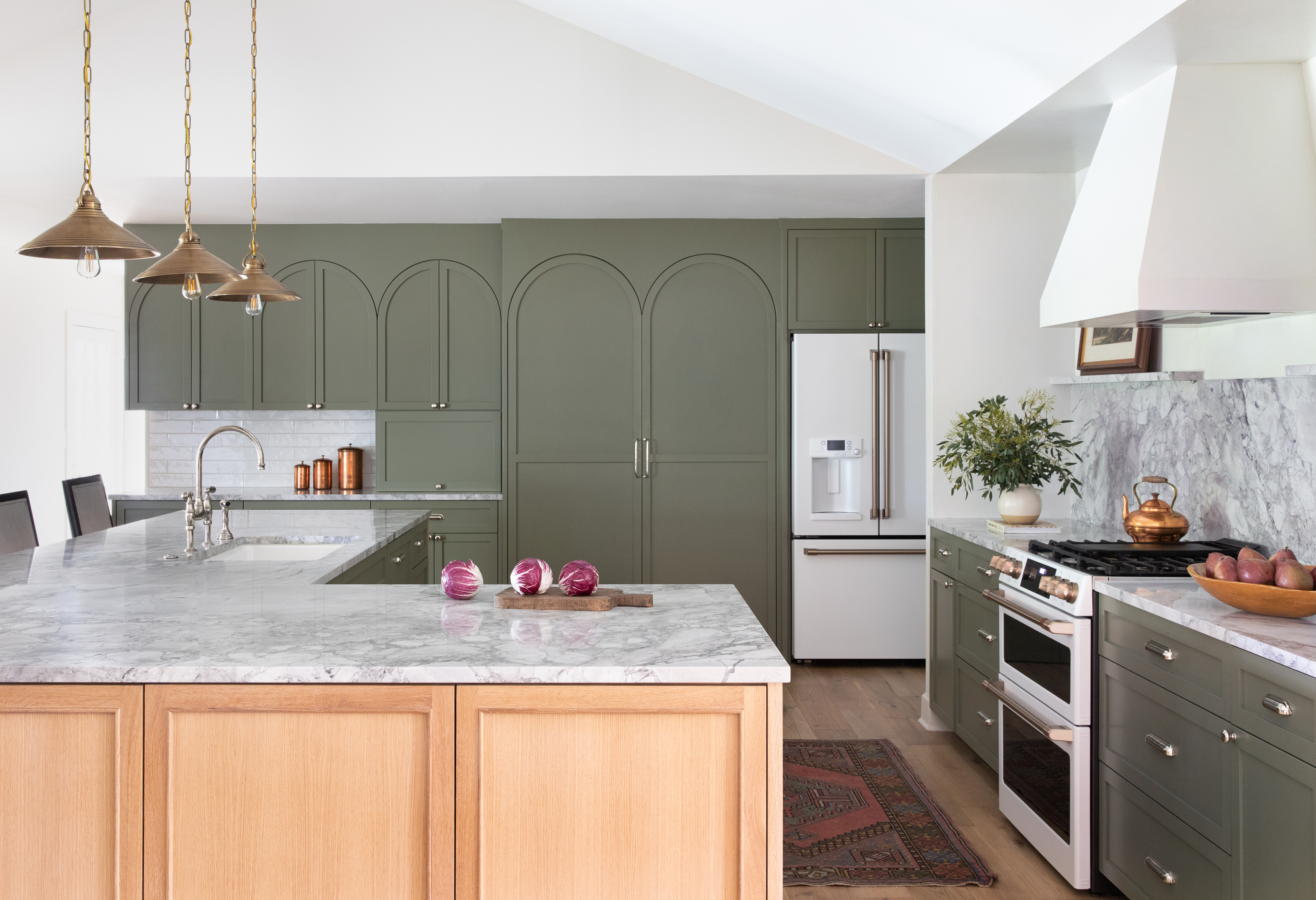
If you're feeling the home remodel itch, take resolve in the fact that you are not alone. It's inherently common for springtime to conjure thoughts of interior sprucing, and there's nothing like a fresh coat of paint to enliven a room and revive that new-home feel.
As the heart of the home, modern kitchens are the most common space where the family gathers, so painting your kitchen can make all the difference to the overall feeling of your home. Additionally, kitchens usually need a more frequent repaint over other rooms due to the presence of grease and steam so, if like us you love an affordable DIY project, then we suggest picking up a paintbrush and adding a new color to your walls.
But before you get to painting there are some things you need to know if you want the most professional-worthy finish possible, including some common mistakes to avoid in order to steer clear of a major kitchen restoration disaster. We spoke to a couple of decorating experts to find out exactly what those are for a successful kitchen redesign.
1. Not Cleaning Your Walls
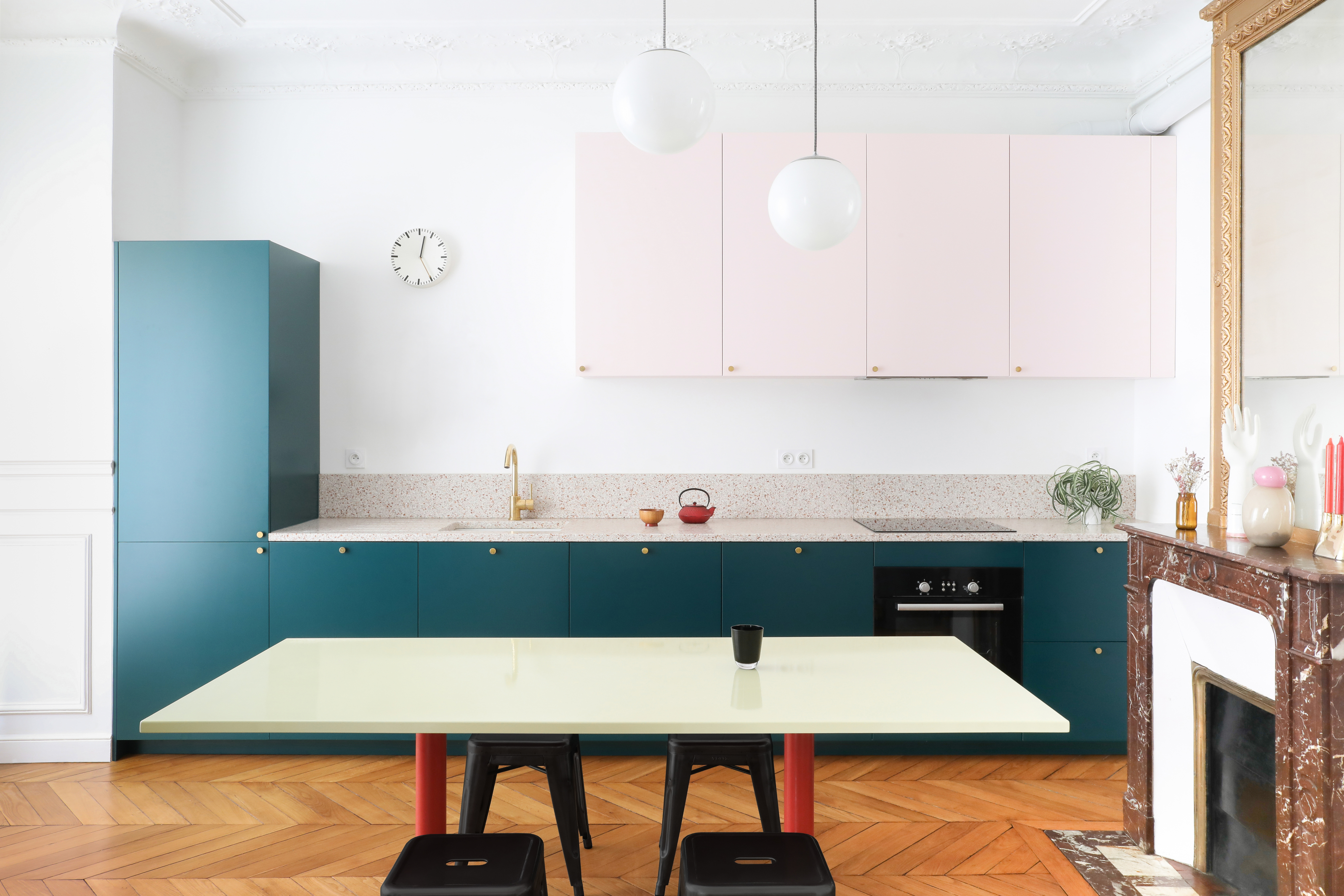
Cleaning down your walls before you repaint can easily be forgotten amidst the excitement of a decorating project, but experts say this is an elementary step in the repaint process and should not be missed.
Cleaning your walls is imperative to prevent dust and other particles from getting trapped under the coat of paint, thereby resulting in a shabby finish. Home renovation expert Adam Hicks tells us that cleaning is a vital step to ensure that the surface is ready for the next stages of preparation. 'Regardless of the finish, start with a deep clean using a degreaser to eliminate any residue, oil, or grime,' he says.
If you're painting your kitchen cabinets, paint expert Tila Lee suggests giving them a good rub down with a Trisodium Phosphate (TSP) cleaner like this one from Amazon if you find the surface to be greasy. This will ensure that your kitchen cabinets are left with a tidy layer of paint.
2. Leaving Cabinet Doors and Hardware On
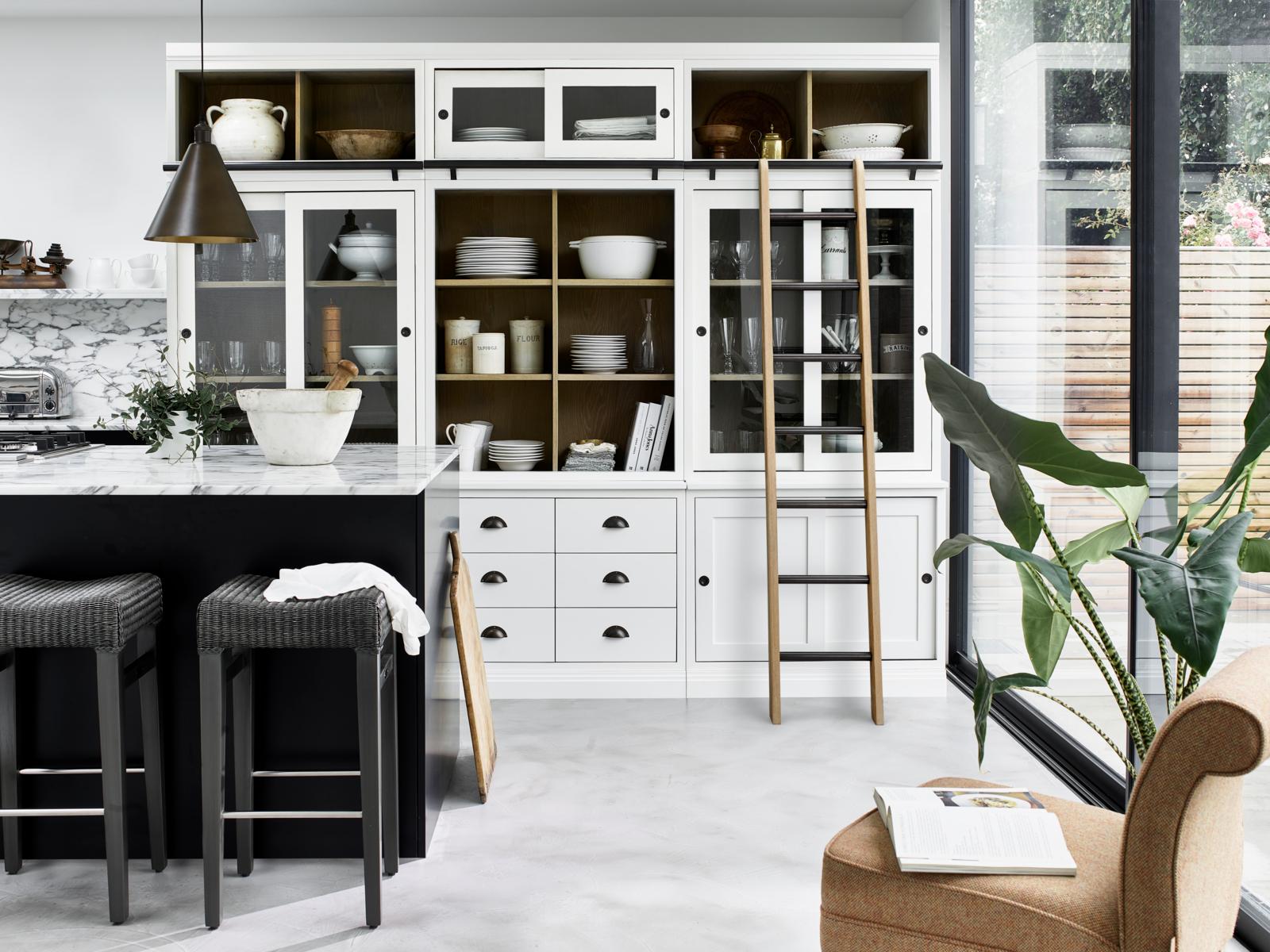
If you're painting kitchen cabinets, removing the doors and hardware will make the process so much easier and avoid any costly spills. 'While leaving your doors and hardware on can seem like an okay idea in theory and can maybe be executed in a way that might still look decent, this will inevitably lead to problems down the road,' says Tila. 'As the paint will act as an adhesive, it's very unlikely you will be able to even take the doors off the hinges for any reason in the future.'
This step may take a bit of extra energy but it'll be so worth it. You don't want to pick out your favorite kitchen colors and put in all your time only for the paint to stain your hardware, leaving the overall aesthetic looking splotchy and far from professional.
3. Not Considering The Kitchen's Undertones
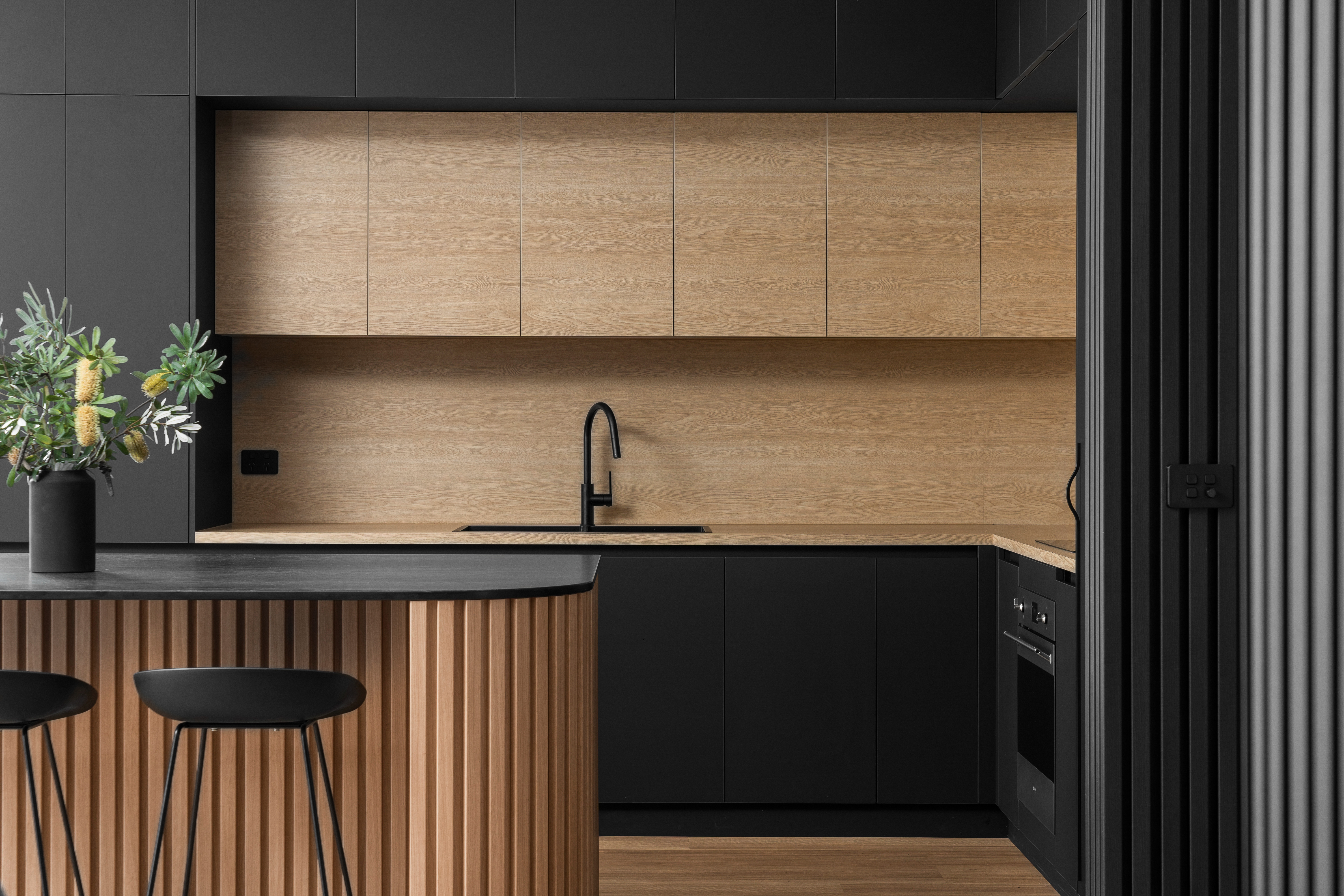
While prepping your surfaces and sorting your hardware is extremely important, considering your kitchen's tones is equally as imperative to ensure a successful kitchen spruce. It may be tempting to pick your favorite shade or a new color trend, but you need to find what works for your kitchen because it can be rather disappointing to rush the color-picking process only to find out that it's all wrong for your space.
In conversation with kitchen remodeling expert Simone Bumpus, she tells us that one of the most common mistakes people make when painting their kitchen is buying paint colors that don't match the undertones of their kitchen. 'If your kitchen features warm finishes such as red, yellow, or brown and you use a cooler-toned paint such as blue or grey then your kitchen is going to look off,' she says. 'Match warm tones with warm tones and cool tones with cool tones, unless you have tested out your kitchen concept so much that you have found an exception to the rule.'
4. Neglecting The Paint's Finish
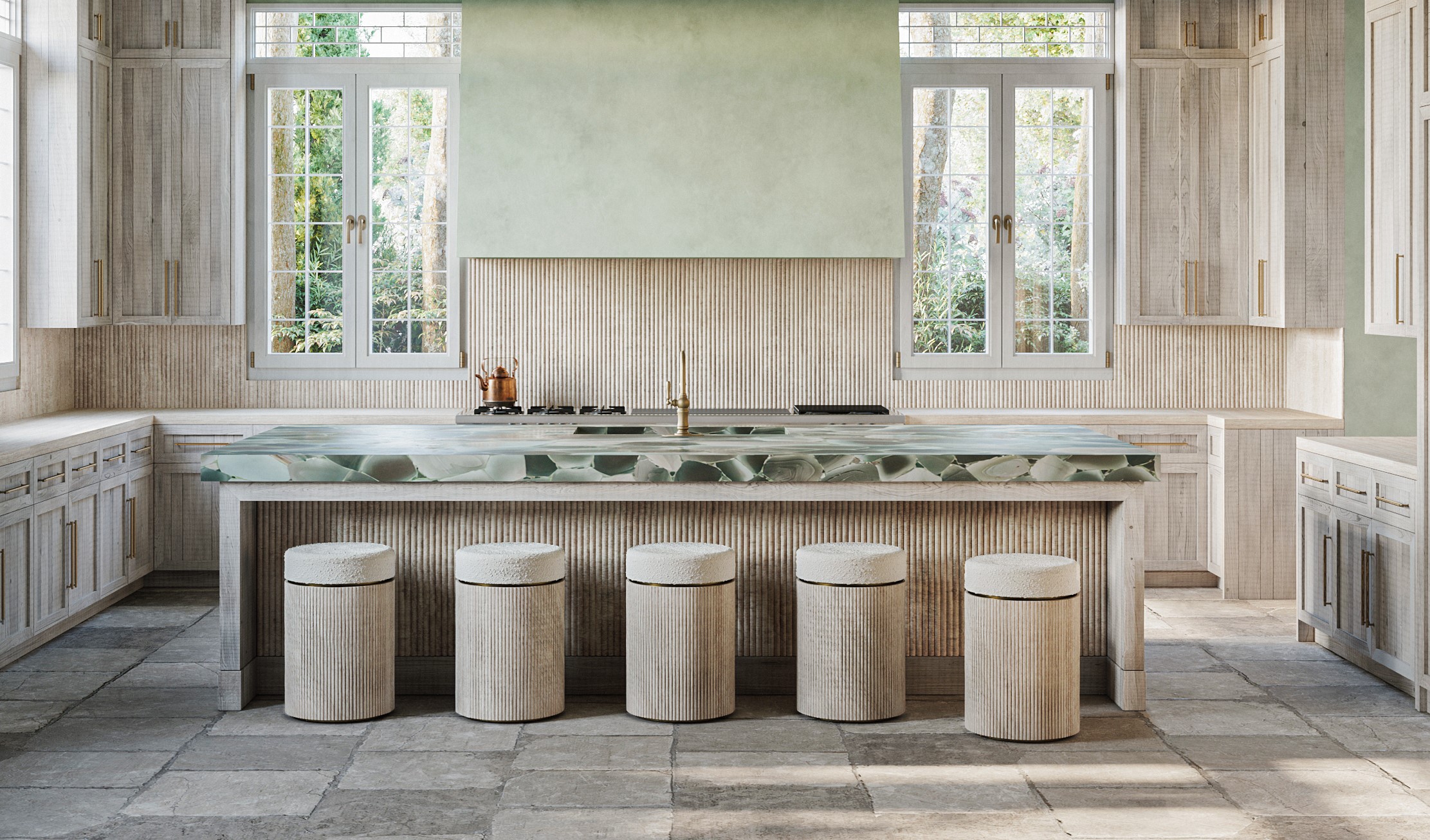
Similar to selecting the right color, be sure to choose the right paint finish when repainting your kitchen. Tila informs us that this is a very common error that people tend to make during their DIY kitchen renovation, pointing out that paints with a flat or matte finish are major red flags when it comes to doing up your kitchen. Instead, choose a finish with a higher sheen such as eggshell or satin.
Simone also points out that a paint's finish is much like the color itself. Its appearance may change in different lights and can also look different at varied moments in the drying process. 'People often test a paint splotch once and commit to it right away,' she explains. 'You may test a paint sample on the wall in the morning and hate how it looks by the evening. You might like the paint color on one wall and hate how the light reflects off the color on another wall.'
To reduce this risk, Simone suggests putting a paint splotch on every wall of your kitchen and all your cabinets to let you see how the paint looks at all times of the day. This also gives you more time to deeply consider whether you truly like the shade you've picked out.
If you are planning on giving your kitchen a refresh with a beautiful coat of color, take your time throughout the process and make sure you don't succumb to these common mistakes. With these tips, you can avoid shelling out more money to cover up your mistakes and get it right the first time around.







